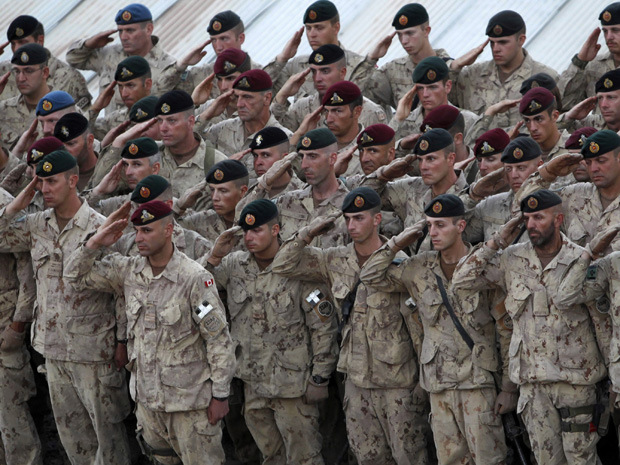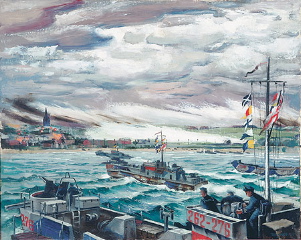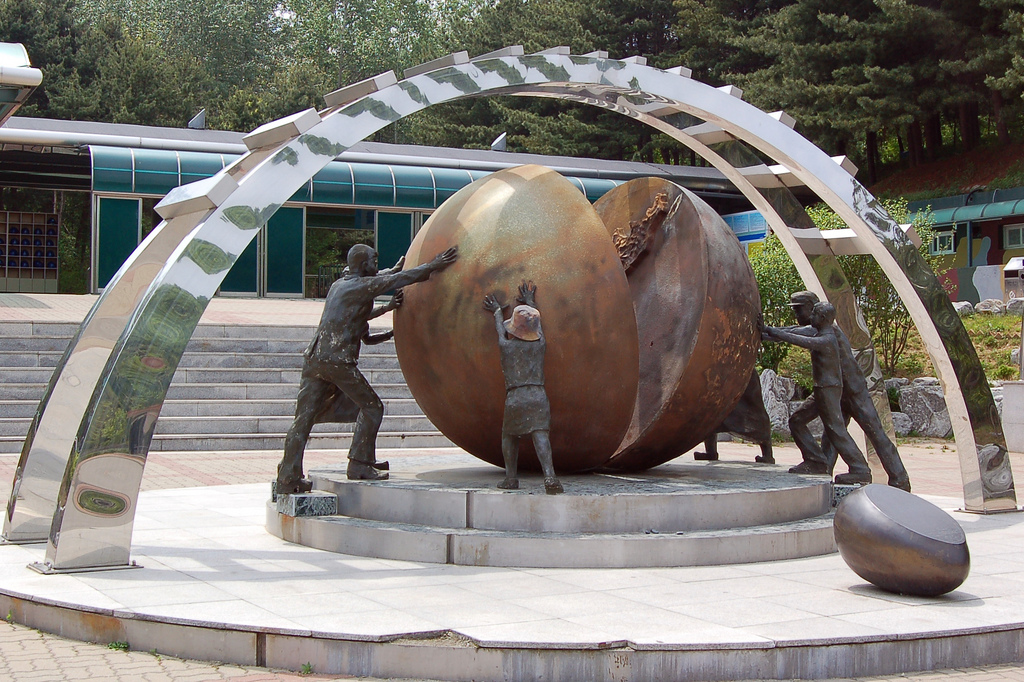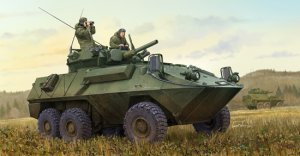Throughout the history of the Canadian Forces (CF), there has been a divide between the Regular and Reserve Forces, despite sharing the same military code of conduct. The Government has tried to encourage agreeable interactions between the two units since the late 1980s, though it would appear that the Reserve Force’s contribution in Afghanistan is what diminished this longstanding tension.
Setting One Apart from the Other
Traditionally, the Regular Force is perceived as the “active” military since they are full-time personnel within an exclusive military milieu. Members generally sign long-term contracts lasting anywhere between three to nine years. Regular Force members are typically those ordered to serve on overseas missions. As full-time military personnel, Regulars rightfully receive a higher salary with additional benefits in comparison to Reservists.
Over the years, the Reserve Force has acquired the title “weekend warriors” due to its flexible class of service. They are regarded as citizen soldiers that are closely tied to their community. The majority of its members serve part-time for a shorter duration than Regular Force personnel, and they are usually employed in armouries; however there are the occasional full-time Reservists who are prepared for rapid deployment. These include the 1st Hussars (London), the 31 Canadian Brigade Group (CBG) 11th Field Artillery Regiment (Guelph), and the 38 CBG North Saskatchewan Regiment (Winnipeg). Reserves personnel often have the challenging commitment of actively balancing three different components- their military life, personal life, and professional or student life.
The Regular Force has not always recognized the obligations that Reservists must balance. This has led to resentment between the two units; a contributing factor to an “us vs. them” mentality that has set the two units apart.
[captionpix align=”right” theme=”elegant” width=”300″ imgsrc=” http://natoassociation.ca/wp-content/uploads/2013/07/Photo-LGen-Devlin-slider-300×190.jpg ” captiontext=””]
Pursuit of Convergence
In the 1987 White Paper on Defence, the Government of Canada sought to encourage a multi-purpose combat-ready military by implementing a Total Force concept; a concept that was further refined in 1994. The Total Force concept was intended to increase the number of Reservists and to place all Regular and Reserve Forces under a single unified command. Naturally, the Reservists were not pleased with the plan because it meant that they would lose authoritative control over their units. It also meant that the Reserves had the responsibility to undertake the functional positions of the Regulars when called upon.
The different units may exist independently, but they are meant to work within the same active organization. By treating the Reserve components more like the Regular Force, Reservists can conveniently fill the gaps when the Regular Force is unable to do so. The Total Force concept was intended to help integrate the two units and to reduce the ever-present friction in Canadian military culture. After 1991, Reservists have served in integrated units in the former Yugoslavia, Cambodia, and Haiti.
Rising to the Occasion and Closing the Gap: Reservists in Afghanistan
In late 2001, Canada deployed its first wave of Regular Force personnel into Afghanistan. The mission proved to be one of the most demanding tests of the Reserves’ ability to assist the Regular Force. About one in five troops deployed were Reservists, and some of them even served multiple deployments. The Reserve Force added an extensive amount of operational flexibility which allowed the overall CF to engage in a wider range of tasks than in previous missions.
Former Commander Joint Task Force Afghanistan’s Major-General Jonathan Vance praised the commitment of the Reserve Force. “It has been said many times that there is no way we could have done this, not only in terms of our quality of forces but also in terms of our endurance there, had we not had credible Reserves. It would not have been done.”
The Reserves may have been reluctant about the Total Force concept in the beginning, but it has helped them prepare to interact and serve alongside the Regular Force when called upon. Canada’s combat mission in Afghanistan expressed a new paradigm for the Reserve Force since the Total Force concept was introduced. It would now seem appropriate to drop the term “weekend warriors”.
The Reserves’ involvement has certainly facilitated the working relationship with the Regular Force, and it has also helped diffuse a great deal of pre-existing tension. The two units have not experienced this much interaction since World War II. Reservists continue to balance the three different components of their lives in addition to filling in the functional roles that the Regular Force cannot. Rightfully so, the “we-them” divide between the Regular and Reserve Forces has diminished significantly, particularly after the Reserves’ vital service in Afghanistan.




